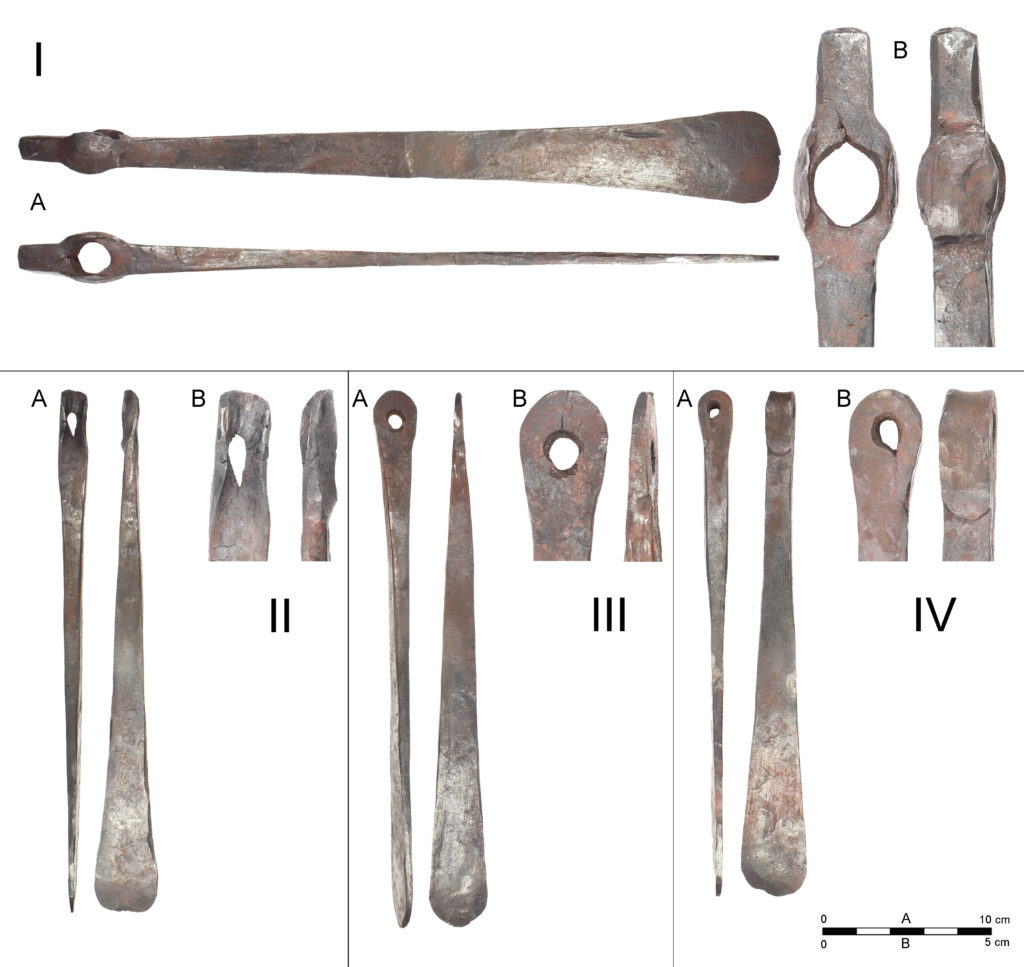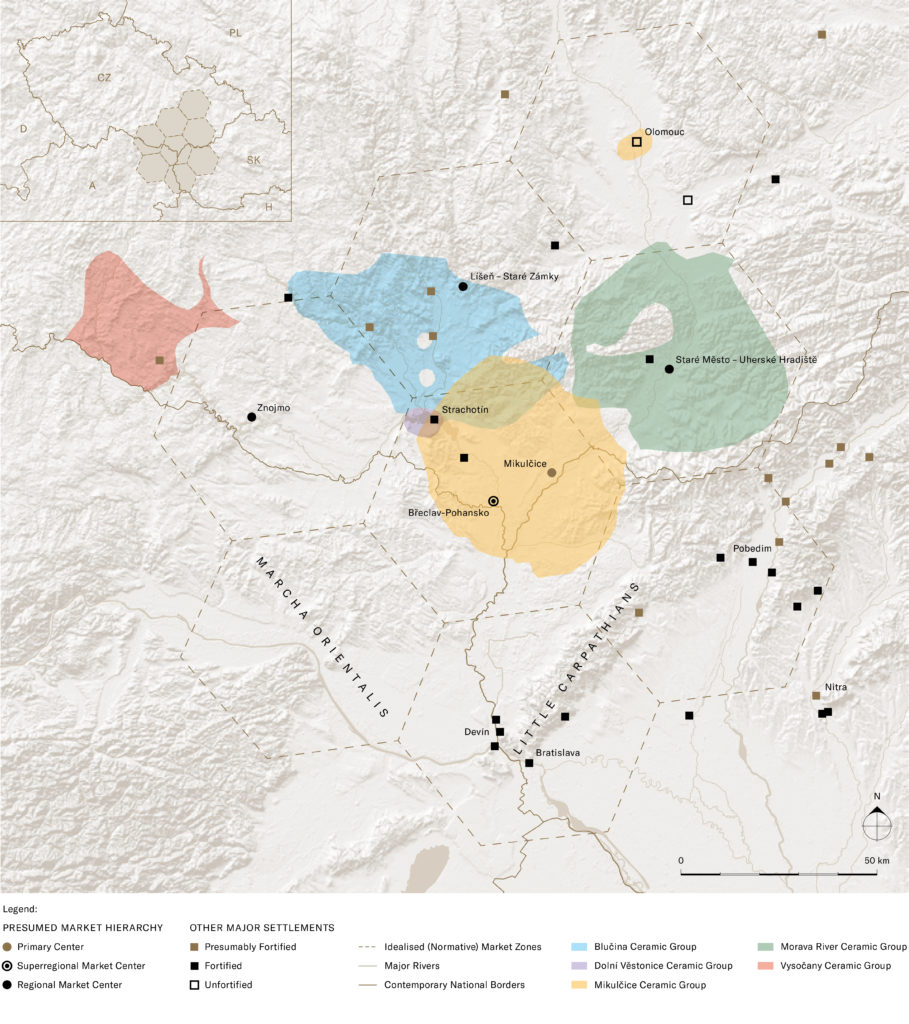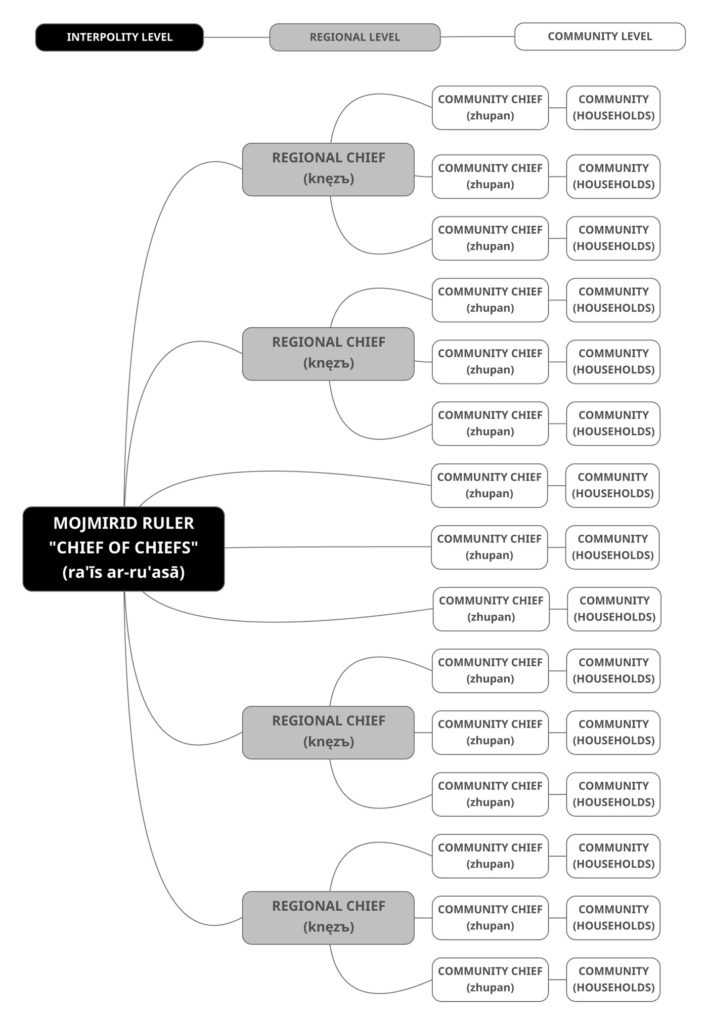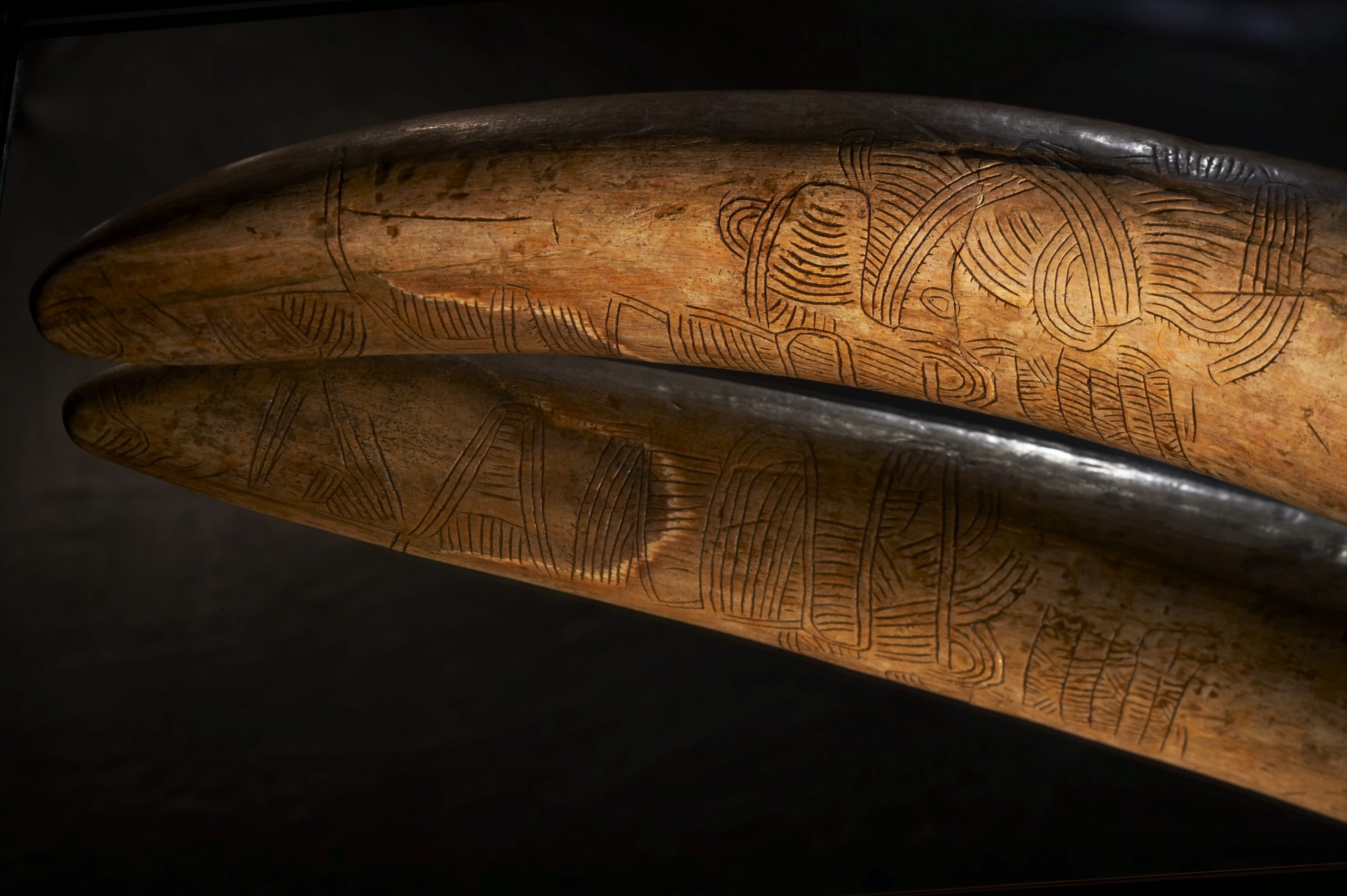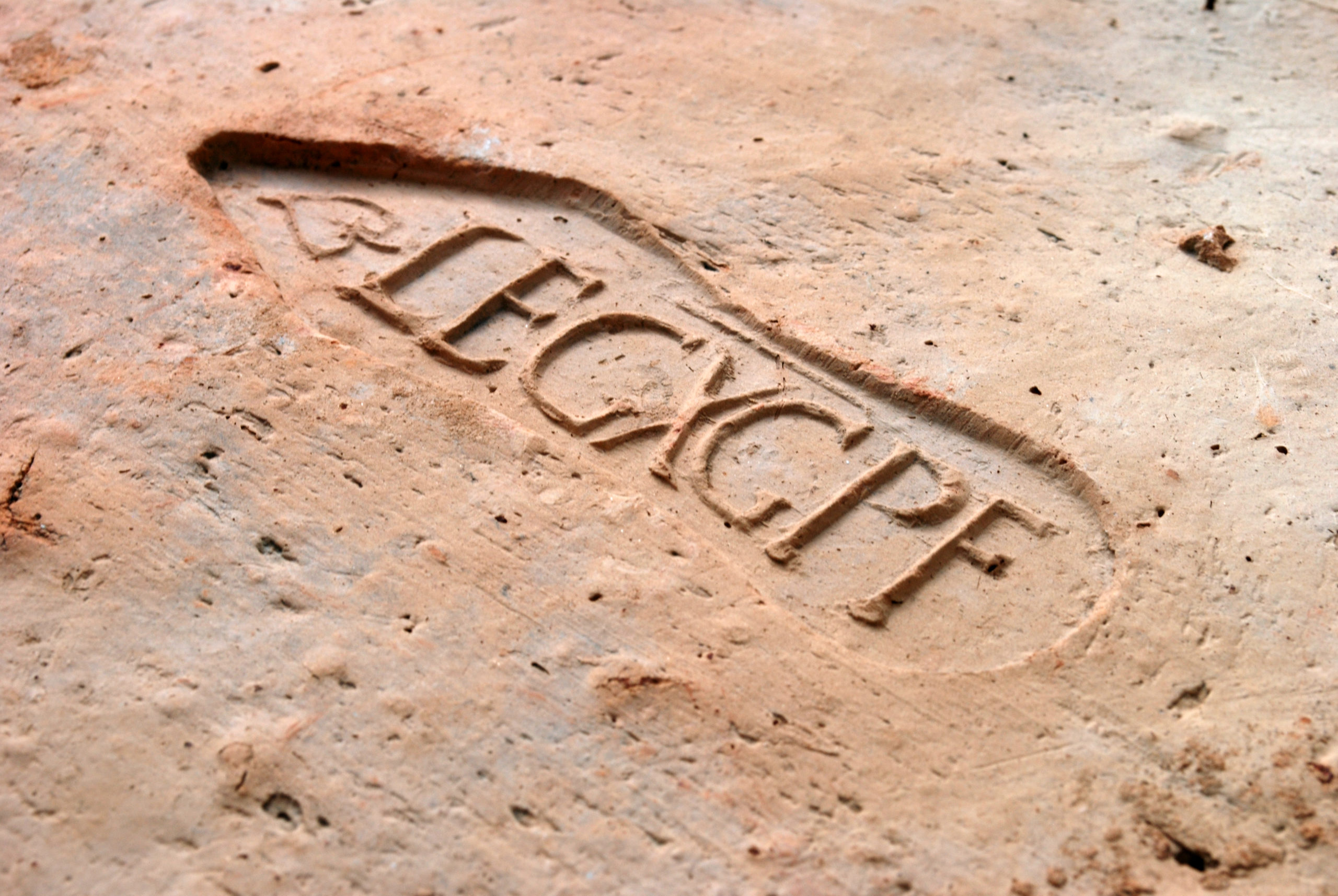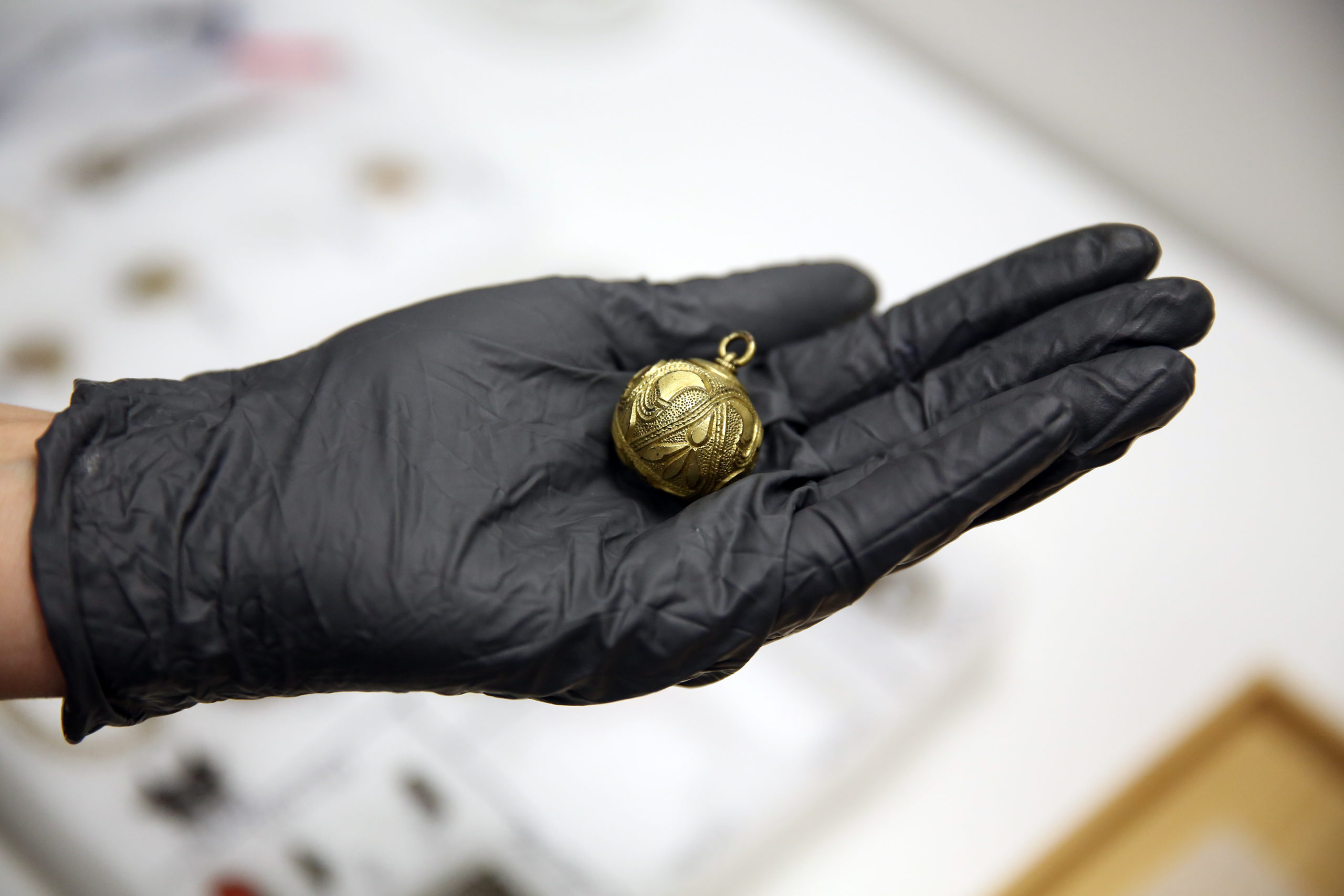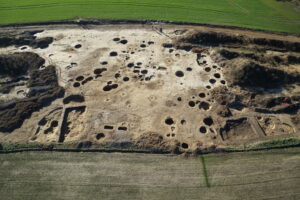The complexity of pre-modern societies
The study of the complexity of pre-industrial societies in the territory of Central Europe poses a real challenge to contemporary research. The current level of research of the dynamics of the development of the social organisation confirms that only the full understanding of its simpler forms and mechanisms of the increase in its complexity enables us to fully grasp the complex reality of today’s world. In the context of the dramatic transformations and crises that present-day society is faced with on a global scale, this makes the necessity of studying the processes of the growth and decline in social complexity even more legitimate and urgent.
However, while modern, high and late medieval societies leave behind numerous written sources that testify to various aspects of contemporary life, thus enabling strong historical analysis of the organisation of their everyday activities, the deeper into the past we look (especially in Central Europe), the less this information is available. Therefore, for these earlier periods of human development, we heavily depend, and often solely, on the testimony of archaeological records. However, archaeological relics of the past do not give up their secrets easily. To fully extract their potential, we need to combine various theoretical approaches and the assistance of other scientific disciplines from the humanities, natural sciences and technology.
The key to understanding social changes lies in grasping the social background of the genesis of the organisational components of society and the understanding of the social background of the balancing of the particular individualities and social groups between their organisational (i.e. socially beneficial) and extractive (i.e. predatory) roles. Even the current level of archaeological knowledge offers up many valuable findings. It shows that social dynamics have never been the consequence of the elite agenda alone, but rather a synthesis of trends (with different strengths in different periods) generated from the top (top-down processes) and the bottom (bottom-up processes). In other words, of a certain form of consensus between the elite components of society and the requirements of the ordinary non-elite population.
These processes, which archaeology and its sources can illustrate for various periods of human development, disrupt the deep-rooted idea that the initiators of social change were always the elite power strata in society, while for the most part, the lower social levels were only passive witnesses or victims of the changing social organisation. It appears that the opposite is closer to the truth. Powerful leaders have always had to take wider social demand for a change to the existing conditions into account to a certain extent. How much they subsequently managed or failed to subvert or circumvent the bottom-up controlling mechanisms can be illustrated by case studies from all the studied periods.
Thus, the analysis of social relationships and processes utilizing archaeological records and methods is crucial. Such analysis is also conducted by the ARÚB research team, who focus on a period of rapid social changes during the 9th century when the Great Moravian society formed in the eastern part of Central Europe. The archaeologists’ endeavours show that despite the fragmentariness of the archaeological record, to a certain extent we can reconstruct the form of the economy and the market system of that time. From this, we can move to the next level and derive the roots and character of the social and power relations within Great Moravia and between Great Moravia and its contemporary neighbours.
A deeper understanding of this early medieval society, whose existence was an important milestone in establishing the foundations of modern Czech statehood, as well as the geographic arrangement of the eastern part of Central Europe, would be impossible without archaeological research. Archaeology and its records are thus extremely valuable and irreplaceable for the research of social complexity and a better understanding of the modern-day world.
References:
Hlavica, M. 2020: Značky na dnech velkomoravských keramických nádob jako nástroj poznání ekonomicko-politické komplexity Velké Moravy. Manuscript of the doctoral thesis. Department of Archaeology and Museology, Faculty of Arts, Masaryk University. Available online at is.muni.cz
Hlavica M. – Bárta, P. – Merta, O. in print: Příspěvek experimentální produkce velkomoravských sekyrovitých hřiven k pochopení jejich funkce v raně středověké ekonomice. Archeologia technica. Available online at academia.edu.
Hlavica M. – Procházka, R. 2020: Market System. In L. Poláček et al.: Great Moravian Elites from Mikulčice. Brno: Czech Academy of Sciences, Institute of Archaeology, 73-75. Available online at academia.edu.
